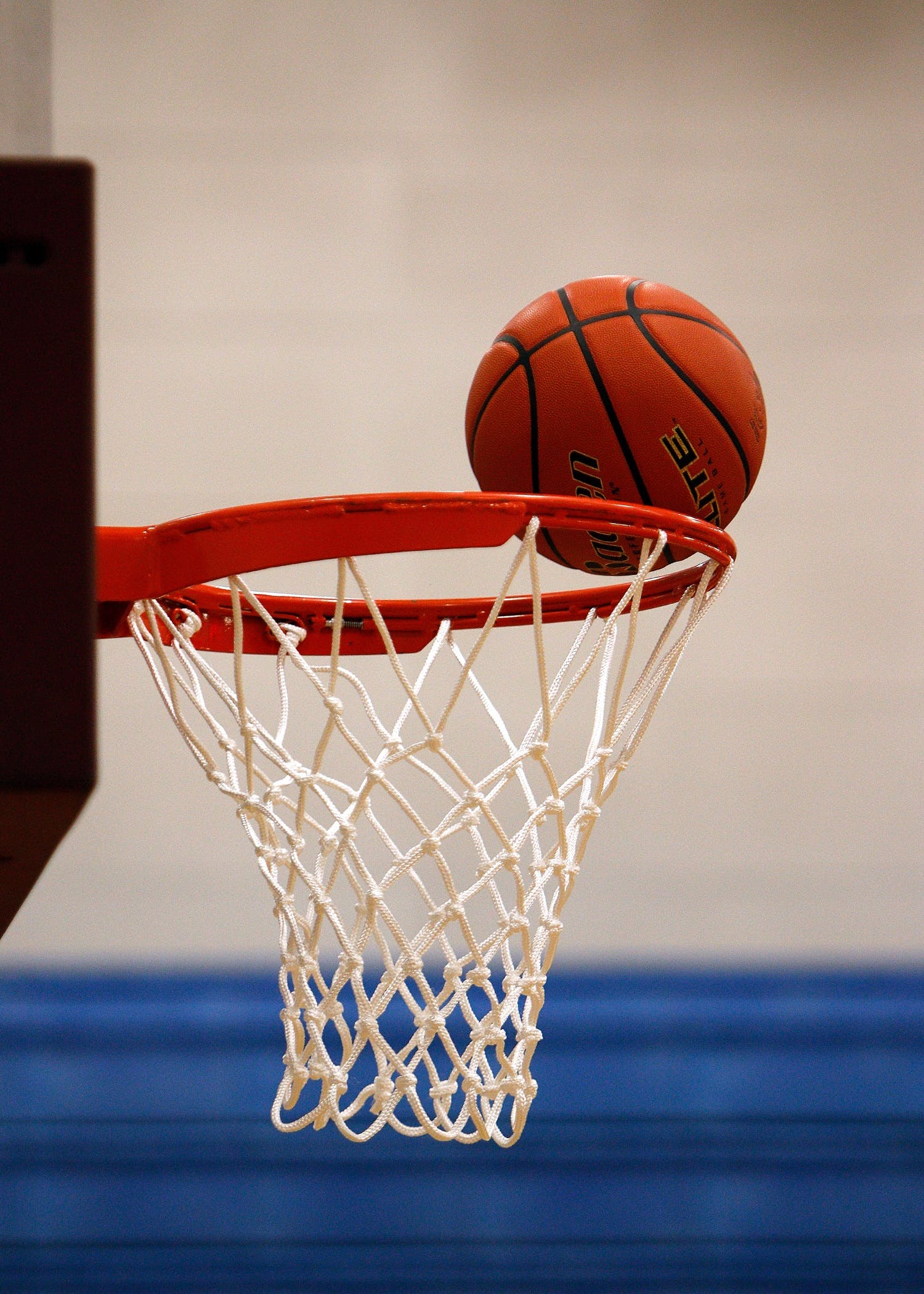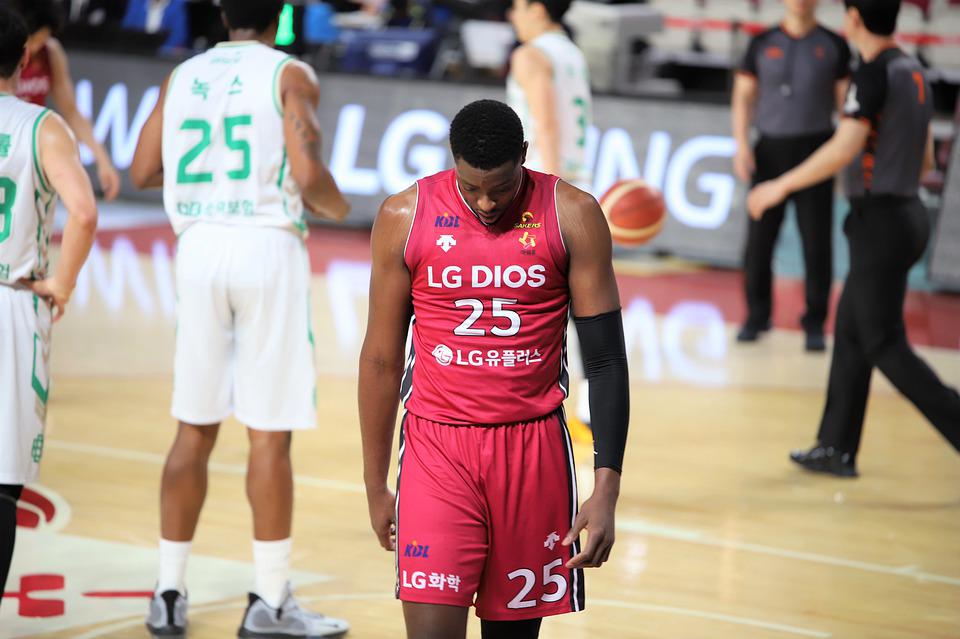What is Substitution in Basketball?

Have you ever wondered what a basketball substitution is, when it happens, and why it matters? Having a basic grasp of substitutions will improve your awareness of the strategic aspects of basketball, regardless of your level of experience. Similarly, it can help you place bets on ggbet sports substitutions.
Switching out one or more players on the court for substitutes from the team's bench is called substitution in basketball. A vital part of the game is substitutions. It allows coaches to control playing time, rest weary players, change tactics, or react to certain circumstances.
Here are some key points about substitutions in basketball:
Purpose: The goal of substitutions is very critical. They can control player weariness, preserve a competitive edge, make tactical alterations, or react to injuries or foul play.
When: Any dead ball scenario, including timeouts, free throws, fouls, and baskets after the shot, allows for substitutions. Certain leagues have particular regulations controlling the quantity and order of substitutes.
Patterns of Substitution: Coaches switch up their substitution patterns based on player positions, game circumstances, and their team's strategy. Some coaches prefer to switch out entire lineups to keep important players on the court. Others prefer to change out individual players.
Limitations on Substitution: The number of substitutes permitted in a basketball game might change based on the competition level or basketball league. For substitution purposes, a set amount of timeouts is allocated to teams in most professional leagues, including the NBA.
Substitution Box: When a player is substituted, they must wait at the box next to the scorer's table until the referee gives them the all-clear to enter the court. Before the replacement can join the court, the replaced player must exit.
Fouls and Replacements: You can replace a player to keep them from foul penalization out of the game. It is if they commit a particular number of personal fouls. In most basketball leagues, a player's elimination from the game is after five personal fouls.
In basketball, substitutions are essential for controlling player rotations, maximizing team output, and responding to various in-game scenarios. Substitutions are a tactical tool coaches use to highlight their team's advantages and expose weaknesses in their opponents.
Basketball Substitution Guidelines
In basketball, substitutions are subject to rules. Depending on the league or difficulty of play, the exact rules may differ slightly, although there are some general principles. While these regulations guarantee equitable and well-organized substitutions, you preserve the game's rhythm and integrity. Among them are:
- Substances are permitted only in dead ball scenarios, such as timeouts, free throws, or baskets after the buzzer.
- Before entering the court, the new player must wait at the substitution box until the referee gives the all-clear.
- There might be restrictions on the number of replacements permitted throughout a game, and the player exiting must leave the court before the replacement can enter.
What Is the Basketball Relationship Between Rotation and Substitution?
In basketball, the concepts of rotation and substitute are closely related. Both entail controlling player playing time and ensuring that athletes are well-rested and productive when taking the floor. It is their relationship:
Rotation of Players
The prearranged order in which you enter players into the game is "player rotation." Coaches create rotation techniques to keep a fresh lineup, balance player playing time, and maximize team performance. Player roles, skill sets, matchups, and game circumstances are just a few examples of the variables that go into pre-planned rotations.
Implementation of Substitution
The actual act of switching out players on the court for substitutes is a substitution. Coaches usually stick to the prearranged rotation while making a change to provide a seamless transition between players.
When replacing a player, they must indicate to the scorer's table, wait for a dead ball scenario, and then let the entering player into the game as the departing player leaves.
Modifications and Adaptability
Although rotations offer a structure for substitutes, coaches must also be adaptable and make changes as the game progresses. Coaches may tactically substitute players and stray from the prearranged rotation in reaction to particular game scenarios.
For instance, if a player plays above average, the coach might play them longer than the scheduled rotation. On the other hand, if a player is having problems or is getting into foul trouble, the coach might replace them sooner than planned.
Roles and Specializations of Players
Player positions and specializations on the squad impact rotation and substitution choices. The most talented and seasoned players are usually the ones coaches start, but reserve or bench players add to the team to add energy or special talents as needed.
The substitution and rotation schemes are for bringing out the best in every player while keeping the team's composition in check. In the end, coaches employ substitution and rotation as interrelated tactics to control player playing time, preserve team harmony, adjust to game circumstances, and maximize player performance on the basketball court.
The exact rotation schedule and substitution choices may change depending on the coach's preferences, the team's approach, and the squad's makeup.
When to Bring In a Different Basketball Player
When the ball is in dead-ball territory, basketball players can switch out. Deadball situations occur when the timer stops, and the game momentarily stops. The following are some typical dead ball scenarios when substitutions may take place:
Timeouts
Timeouts are a typical period for substitutions. The game momentarily stops, and you can substitute the players when a team calls a timeout.
Free Throws
After a free throw attempt, you can permit substitutions. You stop the game and make substitutions before taking the free throws or when a player can shoot after a foul.
Individual Fouls
You may substitute a player to prevent fouling out if they commit a particular amount of personal fouls (often five) during the game. A player forfeits their ability to continue playing the game when they foul out.
Violations or Jump Balls
Substances get permission after committing certain infractions, such as turning the ball over inbounds or breaking the shot clock. You can substitute players with a jump ball before the game restarts if a jump ball occurs—a situation in which two opposing players simultaneously acquire possession of the ball.
Injuries
If a player gets injured, you might need to replace them immediately to get medical attention. Usually, the referee will halt play so that a substitute can replace the injured player.
It's crucial to remember that the particular substitution guidelines may change based on the basketball league, difficulty level, or competition.
The number of timeouts, replacement restrictions, and specific deadball scenarios that permit substitutes might differ throughout leagues. It is always advisable to consult the rules and regulations of the particular league or competition for exact information about substitutes.
When Are Teams in Basketball Able to Substitute
You cannot replace a whole basketball team during a game. You make basketball substitutions according to each player's needs. When a coach makes a substitution decision, they usually pull players from the team's bench to replace one or more active players.
It allows controlling playing time, giving rest, modifying tactics, or reacting to particular circumstances. When it comes to basketball substitutions, keep the following in mind:
Individual Substitutions
You can substitute players individually rather than for the entire team. Depending on their approach and the particular requirements of the match, coaches may substitute one or more players at a time.
Bench Players
The players who don't start the game usually sit on the team's bench, where the replacements come from. A coach can substitute a player by signaling the player's number to the scorer's table; the outgoing player exits the court, and the substitute enters the game.
Dead Ball Situations
Only in dead ball circumstances, when play has paused and you stop the clock, may substitutions occur. Timeouts, free throws, personal fouls, infractions, jump balls, and injuries are some examples of these circumstances. The entering player enters the court, and the departing player leaves when the referee gives the all-clear to substitute players.
Strategic Timing
Coaches carefully time substitutions to control player weariness, preserve a competitive edge, modify strategy, or react to particular game scenarios. They could stick to preset rotation schedules or modify them in response to how the game is going and how each player performs.
Limits on Substitution
The number of substitutes permitted in a basketball game might change based on the competition level or basketball league. The number of timeouts allotted for substitutions and other restrictions on player substitutions may vary throughout leagues.
It's crucial to remember that while you cannot replace the entire team, individual player swaps are necessary to preserve player effectiveness, maximize team tactics, and adjust to different in-game scenarios.
Conclusion
Just as with any other sport, basketball is equally interesting. However, you ought to understand the rules and the regulations to enjoy the game fully. You now understand how substitutions work, and you will now be able to comprehend the game better.




